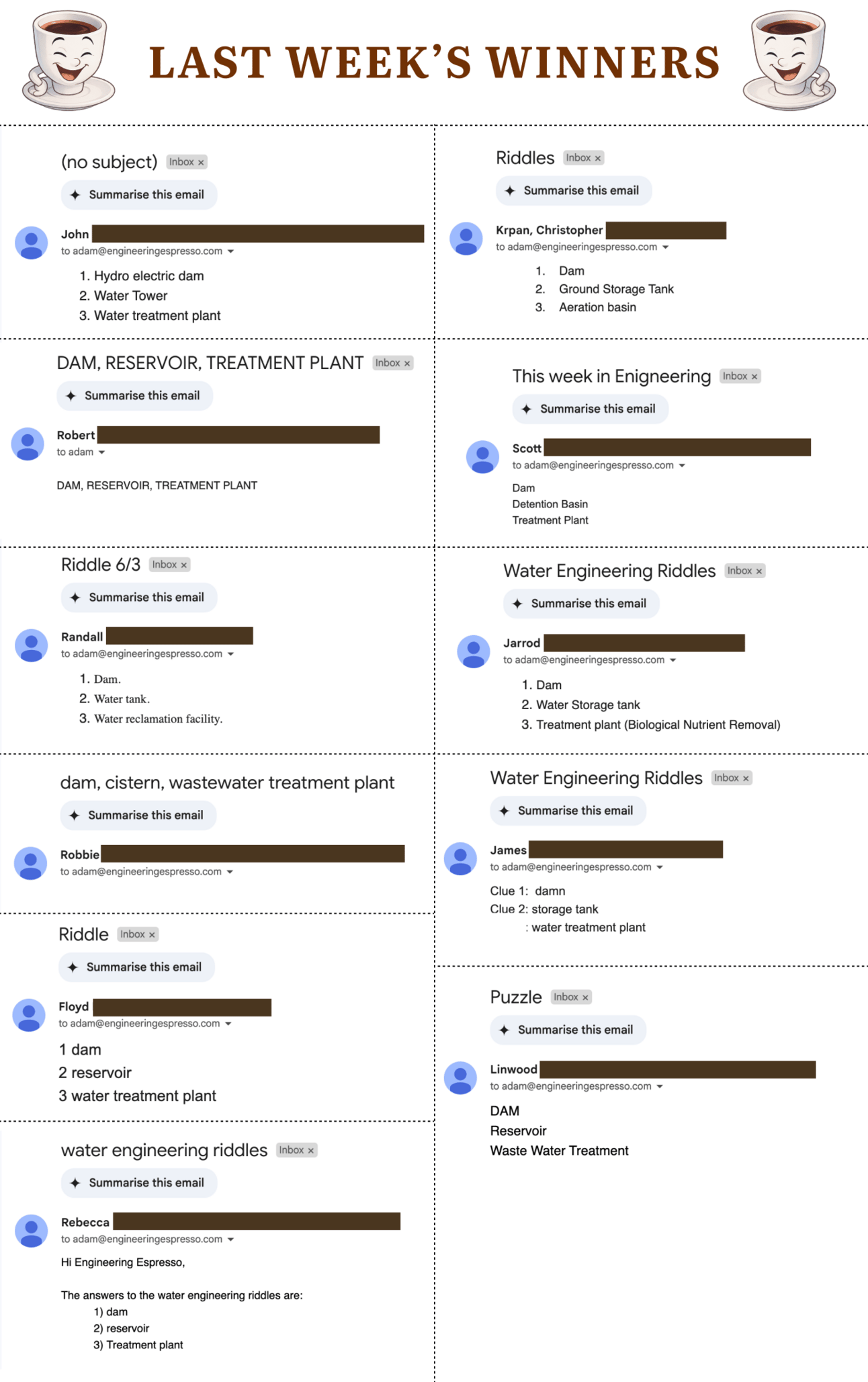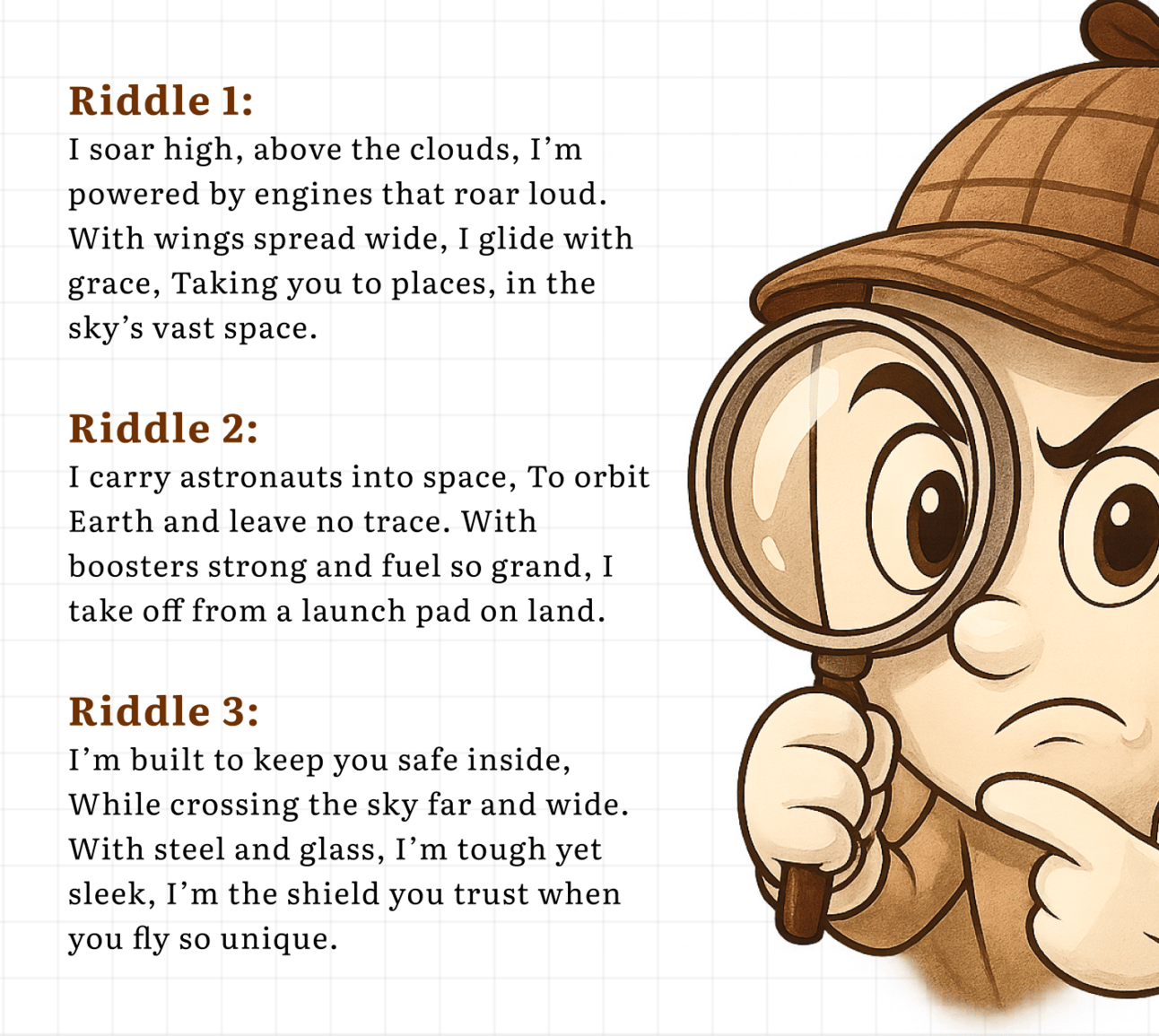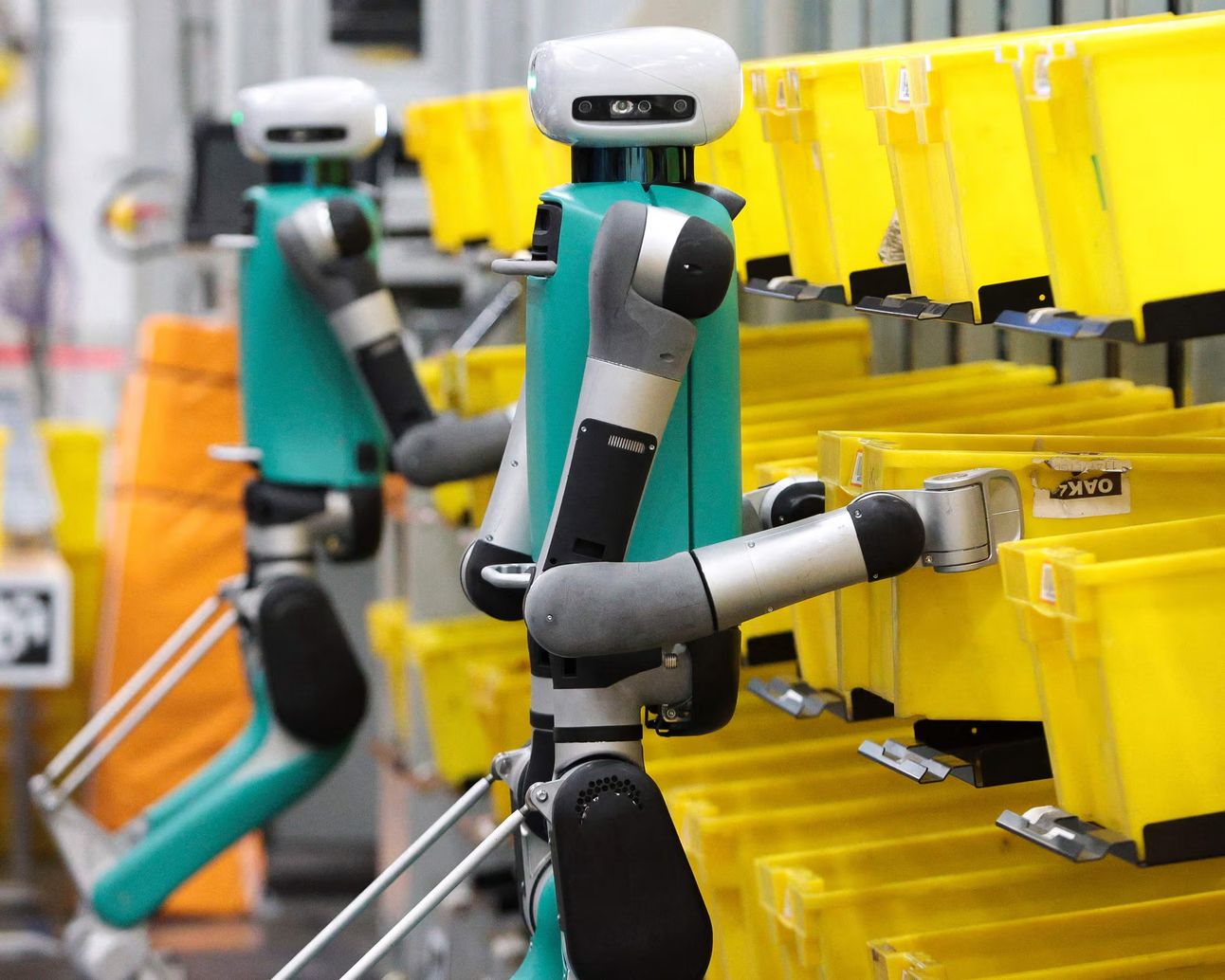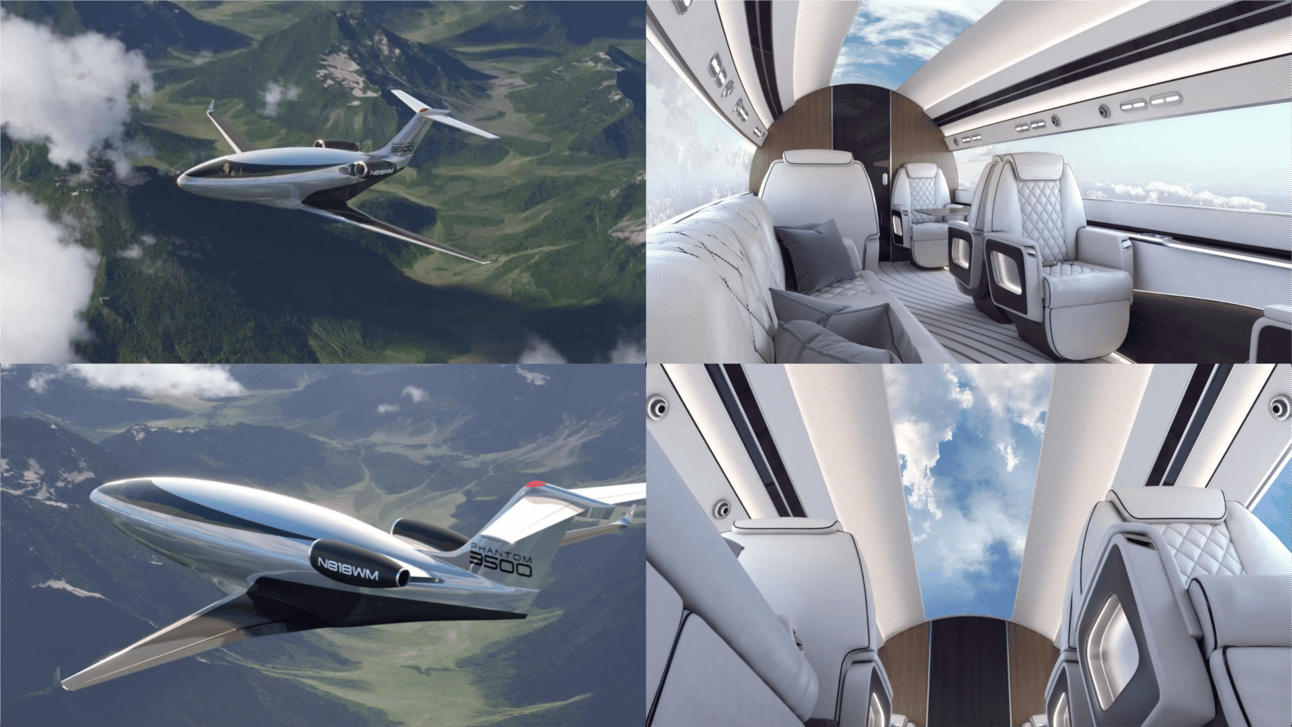- Engineer's Espresso
- Posts
- windowless airplanes
windowless airplanes
Sounds like your worst nightmare? Or the future of flight?
Happy Tuesday, folks!
Welcome to This Week in Engineering
Before we get started.
Have you ever wanted to geek out on substation design (this time using AI)?
Then nerd out with me by clicking here.
See you in a few hours (or mins) 😉
We had loads of winners last week, so thought of featuring all of you!

Want to get featured in the next edition?
You know what to do! 👀

We describe an engineering concept related to water or water systems. Your challenge is to guess the term or object based on the description!

Click below, type the answers and we have a special code to share for the winners in the next edition 🫣

The engineering world just served up a perfect cocktail of "holy crap, that's cool" and "wait, should I be worried?"
So what happened?
Last week we had a robot who played Badminton. This week we got one at Walmart who’ll make your espresso shots 😢
Best (or worst) part? It knows when you're coming.
Move over, human hipsters—Richtech’s Adam robot is now pulling espresso shots at Walmart, and it knows when you’re coming. And it’s got a name, say hi to Adam
It’s got NVIDIA-powered vision and ofc uses AI. It serves up to 200 cups a day, without any coffee breaks 🤣 Next up: latte art competitions?
Location: Clouffee and Tea at Town Square (Vegas ofc)
Amazon’s latest experiment: a “humanoid park” where bipedal robots practice leaping out of Rivian vans to deliver your packages.
The goal?
Robots that can handle the “last mile” and maybe even outpace your local courier.
They’re still learning to navigate the real world (obstacle courses now, your front porch soon), but if you see a robot on your doorstep, don’t be alarmed, your new delivery guy might not need a tip.
Meanwhile, at the University of Birmingham, engineers are getting snappy (quite literally).
Their new research reveals how to control exactly when and how structures “snap” (think: clicky toys, foldable gadgets, or even disaster-proof buildings).
How? By embedding magnets in structures, they can fine-tune the “snap” moment—making it softer, sharper, or even reversible
The upshot?
Foldable robots that deploy smoothly, medical devices that pop open only when needed, or emergency shelters that assemble themselves with a satisfying click.

You’re staring out of an airplane window mid-flight.
Seeing clouds, and then the engineer in you comes alive.
Have you ever thought to yourself “Wow, this tiny scratched plexiglass porthole really completes my $1,000 ticket experience”?
Yeah, neither has anyone else.
But seriously. Today’s topic is about this.
Otto Aviation just revealed the Phantom 3500, a private jet with zero windows. Instead of looking out at clouds, you get high-definition screens showing real-time camera feeds from outside the plane.
Sounds like your worst nightmare? Or the future of flight?
Why no windows?
Drag: Windows mess with the flow of air over the skin, increasing drag. The Phantom 3500 eliminates this completely.
Structural weak points: Putting in windows violates the structural integrity of the hull, producing weak spots where stresses can concentrate.
Weight penalties: They also add weight, reducing fuel efficiency. For instance, would you carry your golden retriever in your carry-on for no reason?
TLDR: By ditching windows completely, Otto created a smooth hull that slices through air like butter.
Let’s talk numbers?
Sure, you lose the view, but check out what you gain:
50% cheaper to operate
50% better fuel efficiency
80% lesser emissions
Can land on shorter runways
Cruises at 51,000 feet
The Phantom 3500 will fly at speeds where parts of the plane go supersonic while other parts stay subsonic. That's some serious engineering.
HOW?
Laminar flow: Air moves over the aircraft in smooth, parallel layers instead of the turbulent mess you get with conventional designs. The hull is configured so air flows over the wings, fuselage, and tail like a deck of cards sliding smoothly over one another. When airflow doesn't actually touch the hull and slides off with minimal friction, you get dramatically reduced drag.
Engine: It’s equipped with twin Williams FJ44 engines producing 3,600 pounds of thrust each. That’s half the power of competing Bombardier and Embraer jets that need 6,500-7,300 pounds of thrust for similar performance.
Manufacturing: They’re building the all-composite fuselage in Italy with no rivets, panel gaps, or surface interruptions that would disrupt the smooth airflow. It's precision engineering pro max.
Unrelated. But max speed: 613 mph.
Testing for claustrophobia
Otto Aviation knows people might freak out in a windowless tube, so they're gradually testing longer and longer simulator sessions to see how passengers handle it. The screens run from the front to the back of the cabin, showing so much of the outside view that some nervous flyers might actually prefer it to tiny airplane windows.

The first flight demo is planned for late 2027. Otto previously built the weird blimp-looking Celeria 500 that taught them how to perfect this laminar airflow thing.
They're targeting the $24 billion business jet market, betting that better efficiency and lower costs will overcome people's window anxiety.
Would you trade looking through a glass for cheaper, cleaner flights with a 360-degree camera view?


Civil Engineer: Actalent
Apply if you’ve mastered the art of making concrete plans (literally).Sr Manufacturing Engineer: RTX
Apply if your love language is process optimization and mild chaos.Principal Geotechnical Engineer: Gannett Fleming
Apply if you like your problems buried deep—preferably under soil tests.
Want to list your job with us?
Hit reply and we’ll get it to over 19k engineers : )

Want to list your job with us?
hit reply and we’ll get it to over 19k engineers : )
Interested in Advertising in This Newsletter?
Reach 19k+ engineers from North America, mostly from ENR500 companies, in a highly engaged and contextually relevant environment.
Perfect for targeting a specific audience that's actively involved in engineering, tech, and construction.
Why Advertise with Us?
Targeted Exposure: Reach professionals with specific interests in engineering fields.
Engaged Audience: The content we provide keeps the audience deeply engaged and connected.
Contextually Relevant: Your ad will be placed where it matters the most.
Let’s chat about how we can help you reach the right people!




Reply